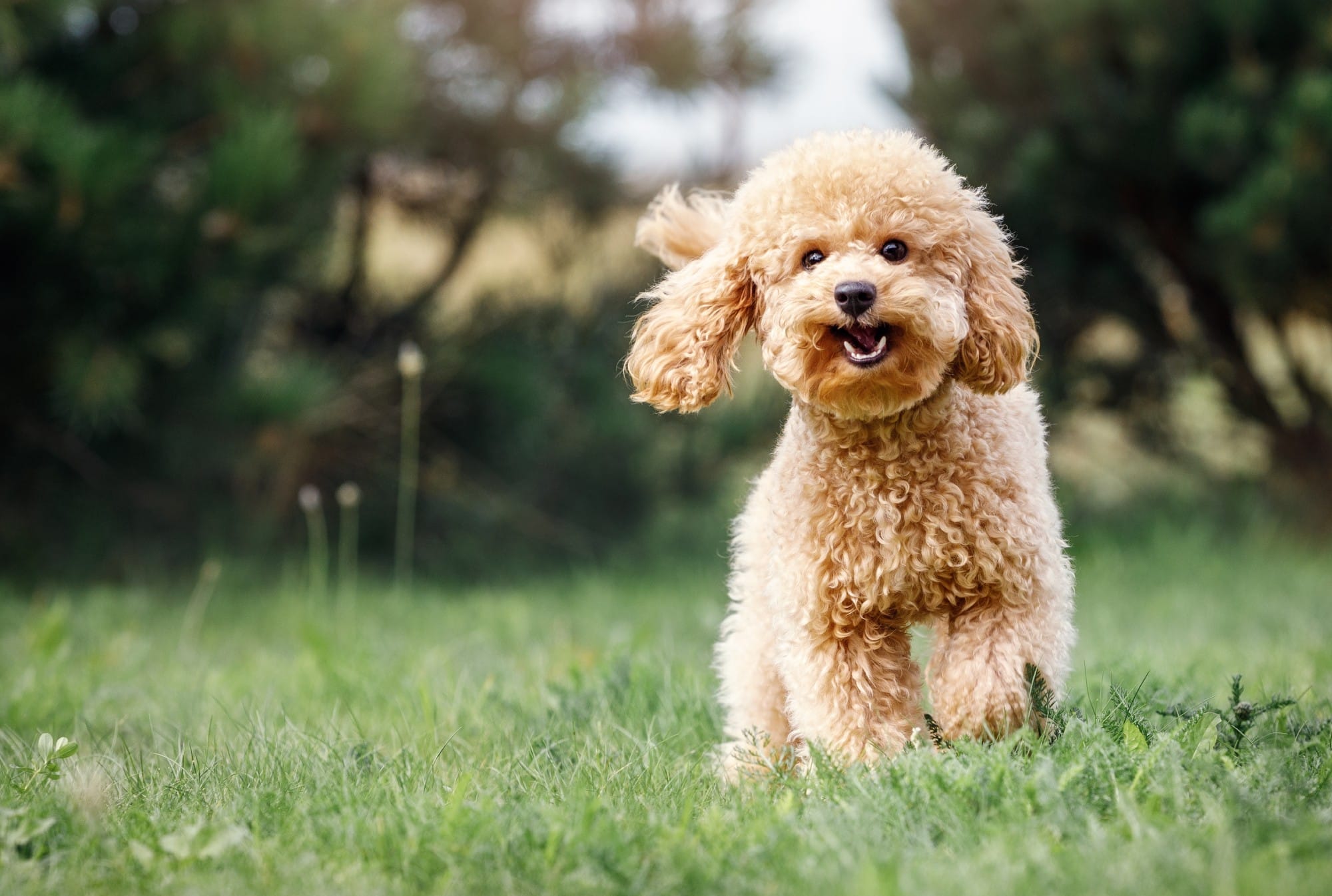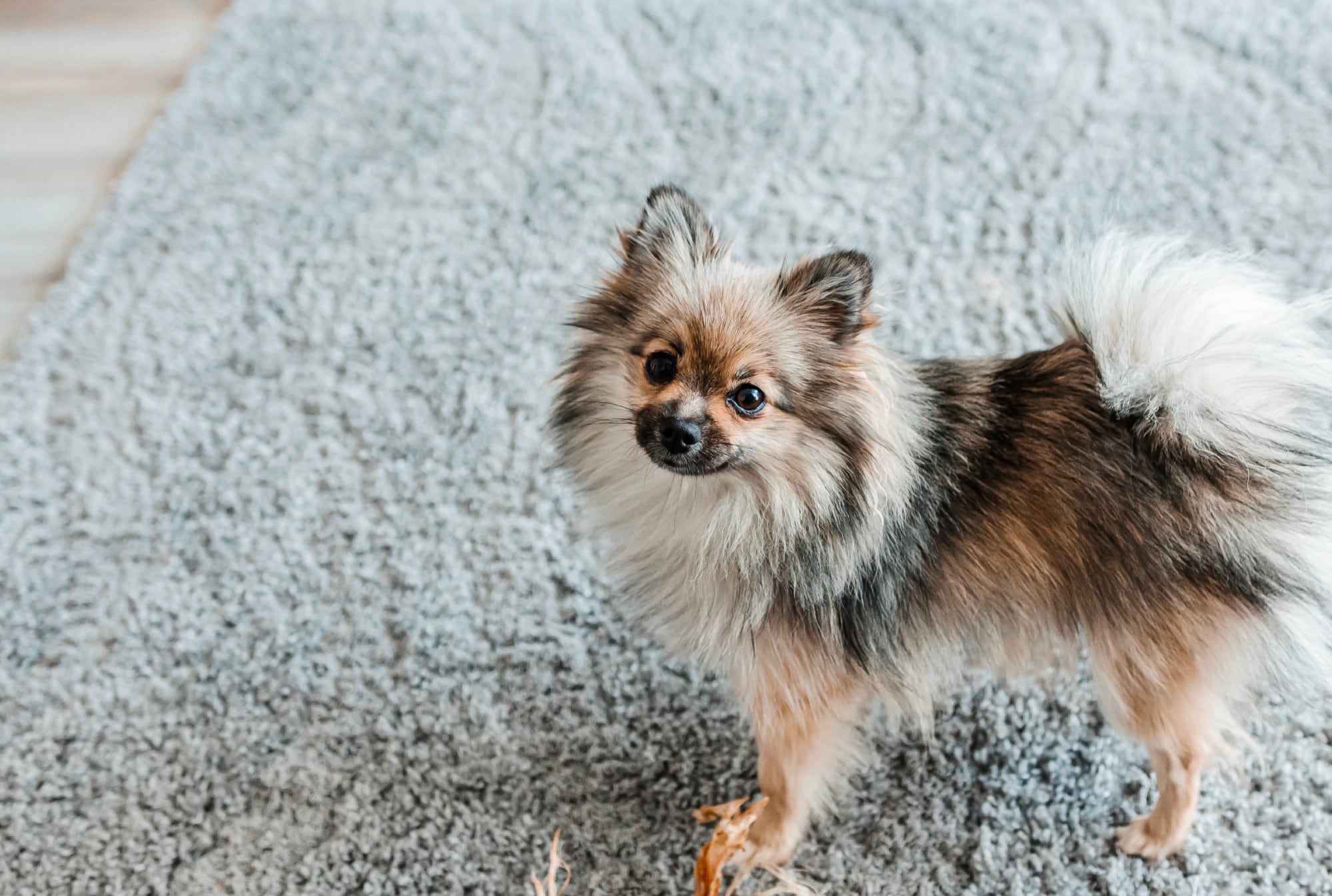The world’s oldest dog, an Australian cattle dog named Bluey, was just shy of 30 years old when she died in 1939. That’s pretty incredible, given dogs’ average lifespan is between 8 to 15 years. But as anyone who’s ever known an elderly dog can attest, those last few years can spell a significant number of changes in terms of physical health.
Dogs can lose their eyesight, their hearing, and control of their bladder or bowels. Their cognitive function may become increasingly impaired with each passing birthday. As dogs grow older, the risk for serious diseases — diabetes, heart disease, high blood pressure, cancer, respiratory conditions, and problems with their skin or coat — also increases.
And one of the worst conditions to creep up on a canine as he or she ages is arthritis (along with other issues that affect the joints and skeletal system).
Joint issues in dogs are potentially very painful; while they may be mild to begin with, over time the pain can become debilitating. Problems in a dog’s joints can affect mobility — and loss of mobility, in turn, can be devastating to the dog’s (and their owner’s) quality of life.
Whether your current furry suffers from joint problems or you just want to be prepared in the event that your dog develops joint issues, read on to learn the basics of dog joint health.
Related: Senior Dog Suffering Pain From Arthritis? Here are 8 Alternatives to Giving Your Dog Drugs.
What Kind of Joint Problems Do Dogs Face?
There are two main categories of dog joint issues: developmental and degenerative. The former comprises problems caused by the dog’s growth, and they are usually hereditary. Degenerative troubles take hold over time. Just as humans’ health issues like osteoarthritis and osteoarthritis are associated with the aging process, many canine bone and joint ailments manifest later in life.
Let’s take a look at the most common examples of each.
Developmental Joint Issue: Dysplasia
Hip dysplasia and elbow dysplasia are developmental conditions. Dog hip dysplasia is one of the most common causes of pain; elbow dysplasia can also occur but is less prevalent. Both involve ball-and-socket joints, and both occur when the two parts of the joint grow at different rates. This results in painful grinding or rubbing of the dog’s bones, rather than the smooth motion of properly developed joints. Dysplasia is hereditary, although it can also be exacerbated by factors such as rapid growth, inadequate exercise, and poor nutrition that leads to excess weight.
Large breeds, including Great Danes, Mastiffs, Labrador Retrievers, German Shepherds, and Saint Bernards, are especially prone to hip dysplasia. Bernese Mountain dogs have high rates of elbow dysplasia, while Rottweilers are more susceptible than most breeds to have knee and ankle problems. English Bulldogs and similarly stocky, burly dogs are also more likely than other breeds to experience hip laxity, or looseness, a condition associated with dysplasia. That’s because their legs can be small and weak relative to their bodyweight.
If you own a large-breed dog, particularly a puppy who seems to grow exponentially almost before your eyes, it’s important to choose food that’s specially formulated for their needs (Ask your vet for recommendations.) Making sure your pet gets enough exercise is also imperative; obesity is one of the primary risk factors for dysplasia and joint issues in general.
Degenerative Joint Issues: Osteoarthritis and Cruciate Ligament Injury
Osteoarthritis (OA) is a degenerative problem that can befall dogs of any age, but it’s particularly prevalent in senior pets. It’s relatively common, affecting some 20 percent of dogs.
Also known as Degenerative Joint Disease (DJD), OA occurs when cartilage in the dog’s joint deteriorates, leading to inflammation. It can present anywhere but is most frequently seen in the lower spine and hind legs. Causes of this often painful condition include age, injury, repetitive stress, and disease.
Unfortunately, dog osteoarthritis doesn’t have a cure. It can, however, be managed with supplements, medications, weight control or dietary changes, acupuncture, cold laser treatment, and surgery.
Cruciate Ligament Injury
Dog osteoarthritis can also factor into the development of cruciate ligament problems. If you have ever torn your ACL while playing a sport or exercising, you are already familiar with cruciate ligaments and the damage they can do. Ligaments, as you may know, are bands of connective tissue that connect the bones to one another at the joint.
Related: New Study Is Looking to Help Dogs With Arthritis Using Stem Cells
Acute ACL issues can happen suddenly during strenuous activity; progressive cases, which are due to genetics or lifestyle, only become apparent over time. Agility training and competition, for example, can lead to a rupture or tear in the canine ligaments as the result of repetitive motion.
Other Joint Problems
Hip dysplasia, osteoarthritis, and cruciate ligament issues make up the lion’s share of joint problems in dogs. They’re by no means the only possibilities, though. A few of the others include:
- Osteochondrosis is the separation of immature cartilage from the underlying bone
- Septic Arthritis is bacterial in nature and can result from trauma or insect bites
- Cancerous Arthritis results from a type of tumor called synovial cell sarcoma
- Dislocation occurs when two parts of a ball-and-socket joint are separated because of trauma
- Patellar luxation affects smaller dogs and involves a misaligned kneecap
- Lyme Disease and similar infections aren’t joint disorders per se but can cause stiffness, pain, and mobility problems in the joints
All dog joint conditions can be difficult to distinguish from one another, as they share many symptoms. Rather than making a guess and trying to treat the issue at home, make an appointment with your veterinarian to get an actual diagnosis (as well as recommendations for the right course of treatment).
Symptoms of Joint Disorders and Diseases in Dogs
That said, it’s a good idea for all dog parents to familiarize themselves with the symptoms of dog joint problems. Paying special attention to their dogs’ mobility and their general demeanor can help owners to nip potential problems in the bud. Most canine conditions and diseases can be more easily and effectively treated if caught and addressed early.
Some relatively obvious signs are if your dog is limping, a seeming stiffness in the joints, or a decrease in your furry friend’s ordinary range of motion. He may “favor” one limb, and could cry out in pain or snap at anyone who tries to touch that limb or joint. Your dog may hesitate before doing what used to be normal activities: climbing stairs, leaping into the air to catch a tennis ball, getting into your car, or running at full speed. Some dogs develop a “bunny-hopping” gait when they run. Be on the lookout for changes to his muscle mass, as the thighs may become weaker while the shoulder muscles take on more definition because they’re compensating for the back leg. You may even be able to hear a grating or grinding noise when your buddy moves around.
Related: Making a Dog Comfortable Who Suffers From Hip Dysplasia
If your pup seems reluctant to leave his bed behind, rises slowly, or balks at once-beloved activities like hiking or playing ball, observe his behavior carefully.
Additional symptoms of dog joint problems and pain include:
- Excessive licking or even biting the joint
- Listlessness or a lack of interest in outings and play sessions
- Sleeping more than usual
- Increased irritability
- Falling behind on walks or reluctance to walk at all
The extent of symptoms can vary from hardly noticeable to impossible to ignore. Even the mildest, however, should be checked out as soon as possible.
Possible Treatments for Dog Joint Problems
When the veterinarian has examined and diagnosed your dog, he or she will explain the best course of treatment, based on your dog’s age, overall health, activity level, and day-to-day routine. They may recommend one or more of the following:
- Weight loss, which will ease the stress on your dog’s joints and skeletal system
- Additional exercise to strengthen the muscles, reducing the burden on bones and joints
- Restricted exercise, or a change of exercise, which can help dogs who get a daily workout on hard floors and other unforgiving surfaces
- Physical therapy
- Joint supplements like chondroitin and glucosamine
- Anti-inflammatory medications and analgesics, either over-the-counter or prescription-strength
- Injections to lubricate the joints, which may consist of platelet-rich plasma, stem-cell therapy, hyaluronic acid, or steroids
Bye Bye Doggy Aches chews are vet formulated and have more than 1,000 mg of powerful natural ingredients to help your pup deal with occasional discomfort. Glucosamine HCl, MSM, green-lipped mussels, and chondroitin support mobility and flexibility while also stimulating cartilage growth and maintaining joint lubrication. The ingredients work together for maximum nutritional absorption and effectiveness.
If your dog has one or more joints affected by osteoarthritis, hip dysplasia, ligament problems, or any of the other potentially painful and debilitating conditions, it will take a toll on your household. That’s why it’s imperative that you carefully monitor your canine family member for changes in behavior or mood.




















